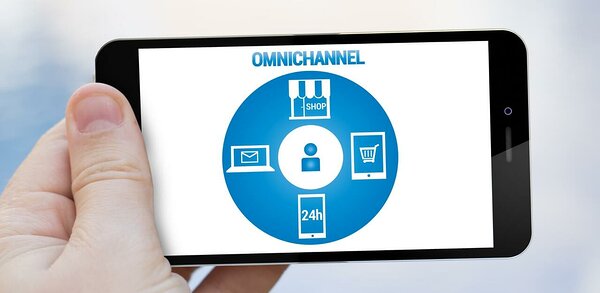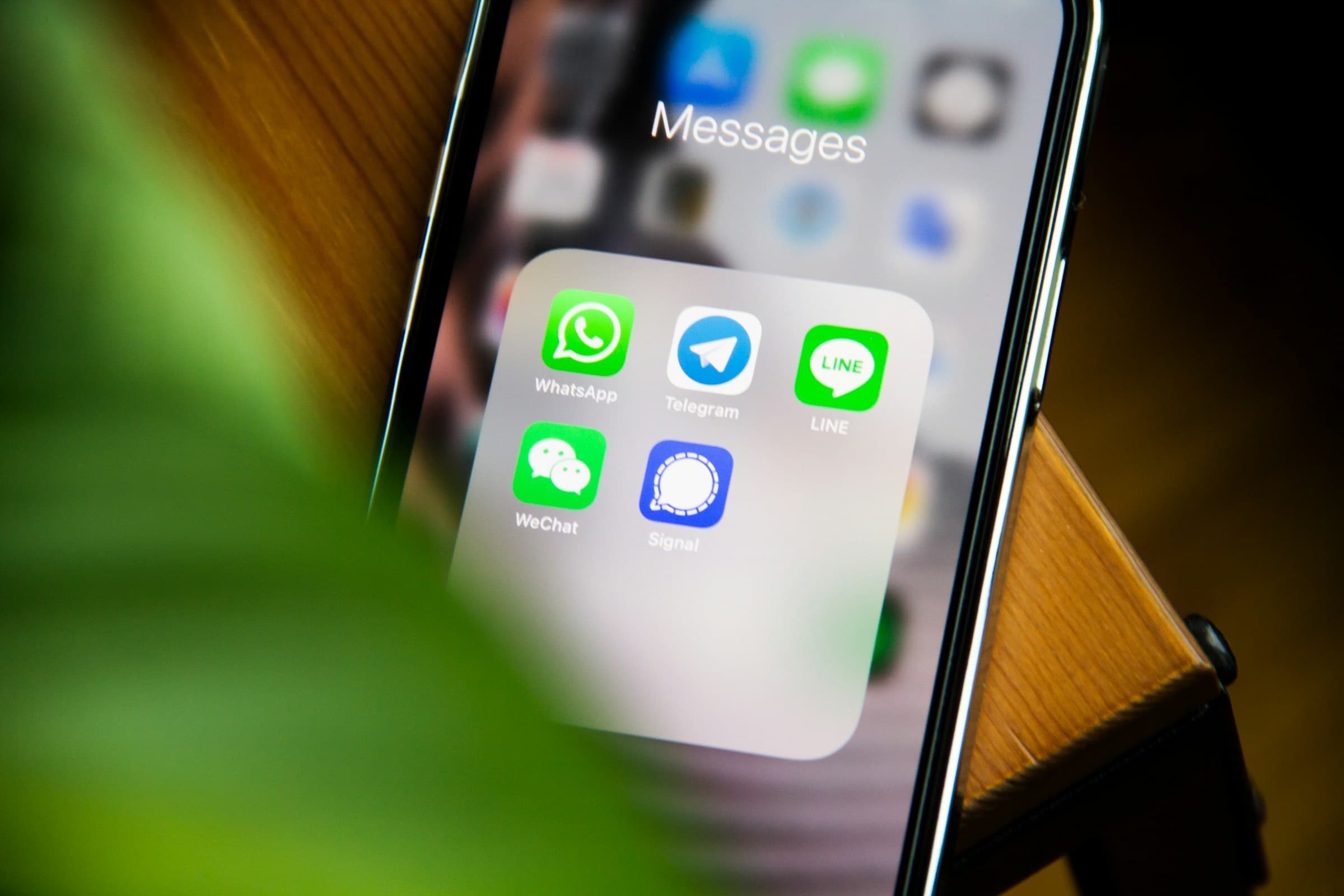In the modern business landscape, a superior customer experience is everything. It only takes one bad experience for a customer to switch to a competitor (leaving a poor review in the process). On the other hand, according to PwC research, customers are more open to buying further services or products from the same company if they receive an excellent customer experience. Not only will they buy more and become loyal customers, but they'll also share their experience with friends and family.
Multichannel and omnichannel marketing are widely used and successful approaches that can help deliver a customer experience that exceeds expectations. These involve using both digital and offline channels like SMS messages, social media, push notifications, email, PPC ads, instant messaging, a business website and mobile app, and in-store physical premises.
This article explains everything you need to know about multichannel vs omnichannel marketing strategies - what they are, how they work and differ, and how to implement them for business growth and increased customer satisfaction.
What is multichannel marketing?
Multichannel marketing means to use several standalone marketing and communication channels at the same time. The channels operate independently, and there's no repetition of content between them. It's a big step up from using just one channel to reach customers.
An example of a simple but effective multichannel marketing campaign is where you start with an email and SMS communication to promote a flash sale your business is running. In your message content, you link to a dedicated shoppable landing page which displays all the products on sale. You could also send a reminder text message a day or two later to reinforce the campaign. This approach uses three channels simultaneously, but they're all separate from each other.
As the name suggests, single-channel marketing means using just one channel to promote a business. So, for instance, a business sells products on Instagram and uses this solo channel as a shop window and for messaging customers. Although single-channel marketing is cost-efficient, it's an outdated concept that can't keep up with today's technologies and customer expectations.
Pros and cons of multichannel marketing
Multichannel marketing offers several benefits. It's flexible and easily adapted to customers' needs and preferences. It allows you to branch out to other channels and reach wider audiences you just won't find via one single channel. It also means marketing campaigns can be executed more quickly and effectively as the message can be spread in different ways to different people.
One key downside of multichannel marketing is that messaging can be inconsistent and disjointed if not done carefully. It also provides a limited view of overall campaign performance. In the multichannel marketing example above, you would need to analyse several data sets. If different teams are handling these activities, it could be tricky to coordinate and make sense of the information cohesively.
What is omnichannel marketing?
Omnichannel marketing involves using multiple interconnected marketing channels that are dependent on each other. It enables you to deliver consistent messaging, including cohesive visuals, to provide a unified, seamless experience at all customer touchpoints.
An omnichannel strategy places the customer at the centre of the communication experience. It gives them more power as they choose which channels they want to use and be contacted on. Even if customers switch channels during a conversation or a stage of their buyer journey, they won't notice any disruption in the messaging.
Messente's Head of Marketing, Taavi Rebane, explains what a great omnichannel marketing and communications experience looks like:
"Consider the global entertainment company Disney. Being at the forefront of this industry, Disney is bound to get omnichannel right, but it's interesting to note how they achieve this. The customer experience starts with the website, which works brilliantly regardless of location. Let's say you want to book a trip to Walt Disney World. You do this through the website or mobile app and create an account online. An email confirmation arrives as standard. Then, you download the 'My Disney Experience App' to access tickets, plan your itinerary, view attraction waiting times and join virtual queues. The company has also introduced the 'Disney Band', which lets guests unlock enchanting interactions – as well as their hotel room door! And, it links your Disney PhotoPass photos and charges purchases to your specified payment card."
Pros and cons of omnichannel marketing
As mentioned earlier, omnichannel marketing provides a unified approach to messaging, incuding integrated data, processes and campaign analytics. As a result of this consistency, the customer receives a better and more convenient experience and can benefit from highly personalised customer communications.
Although omnichannel is the future of marketing, there are a few negatives to this approach. It can be challenging and costly to manage all available channels side by side and ensure customer interactions are seamless. There are technical integrations and adoption issues to consider, plus internal training, discipline and coordination across teams and departments.
How multichannel and omnichannel marketing differ
The table below outlines the key differences between an omnichannel and multichannel approach to marketing and communications:
| Points of difference | Multichannel | Omnichannel |
| Channel approach | Involves more than one channel (as many as possible). These work independently of each other. | Multiple channels will be used, and they will all be connected. (May involve fewer channels overall.) |
| Integration capabilities | Connects any two channels at a certain point with a limited integration. E.g. linking from an SMS campaign to a landing page. | All channels are well-integrated, connected and seamless at all customer touchpoints. |
| Channels and segmentation | Uses different channels for different audience segments. The experience is optimised according to how each customer interacts with each channel. | All channels are optimised for all customers. |
| Main objective | Focuses on the product or service - the goal is to increase customer engagement. This could lead to inconsistent messaging and a disjointed customer experience. | The customer is the focus, and the goal is to provide a smooth, consistent and superior experience. |
| Experience type | The customer experience is linear and sequential, with the start and finish defined. The customer must follow a set path set out by the business. | The customer journey is flexible with no fixed path, leading to a dynamic, customer-led experience. |
| Data storage and processes | As channels are used individually, data is stored separately, making it hard to track overall marketing performance | Involves unified data storage, allowing for easy exchange and consolidation. Since channels are interlinked, tracking campaign performance and making improvements is much easier. |
How to choose between an omnichannel or multichannel strategy
Now for the million-dollar question – is an omnichannel or multichannel approach better for your business? Consider these five factors below to help you decide.
1. Your ultimate goal
Multichannel strategies are useful for targeted goals, such as increasing specific product sales or service signup rates, as you can take customers through a journey and encourage them to take the actions you desire in a sequential order. For example, visit your website and make a purchase.
If your focus is on improving the customer experience or achieving more generalised objectives like brand awareness, an omnichannel strategy is best. This puts the customer at the centre of your communications, allowing them to choose how they interact with your business. You can also provide consistent messaging no matter the channel they use.
2. Budget
Whether you opt for omnichannel or multichannel may come down to cost. A multichannel marketing strategy can be costly but manageable if you adopt one channel at a time. In contrast, jumping into omnichannel is much more expensive and will need heavy initial investment to get your channels working together seamlessly. Running costs will also be higher - but you should achieve a better ROI in the long term thanks to increased customer retention and satisfaction.
3. Technical expertise and resources
Omnichannel marketing requires many different integrations - are you technologically equipped to handle these? Do you have the expertise and resources in-house, or will you need to invest in new technical infrastructure, tools and staff?
If you’re not fully equipped, a multichannel approach may be your best bet at this moment in time. Getting a few different channels up and running independently is a good step in preparation for omnichannel activity in the future.
4. Mode of operation
For a retail business operating purely as a physical store, a multichannel retail strategy is recommended because it's just too challenging to switch to omnichannel marketing from the outset. Why? Retailers must first set themselves up for e-commerce operations and get their online sales channels working effectively before removing any boundaries between other channels. The eventual goal should be to adopt an omnichannel approach, but it might take some time before this becomes feasible.
5. Your industry
The industry in which your business operates should also be considered – not all will need an omnichannel approach complete with disruptive technologies. For example, some non-profit organisations do very well using a multichannel approach with direct mail, email and a website.
If you're unsure as to which approach is better for your business, research current marketing and communication trends for your specific industry to learn what works and what customers prefer.
Omnichannel vs multichannel: explained
Omnichannel and multichannel are two terms that get banded around frequently in marketing environments. They both involve using more than one channel to connect with customers but in very different ways.
Which strategy is right for your business? That depends on your objectives, budget, technical capacity, business model and industry. But both can be employed to provide an excellent customer experience. Out of the two, an omnichannel approach is centred around customer preferences and, in that respect, can help create a truly superior experience.
A good start for both strategies is to use SMS – it's ideal for a wide range of promotional and transactional messages, plus one-to-one conversations. Discover Messente's business text messaging service today.






